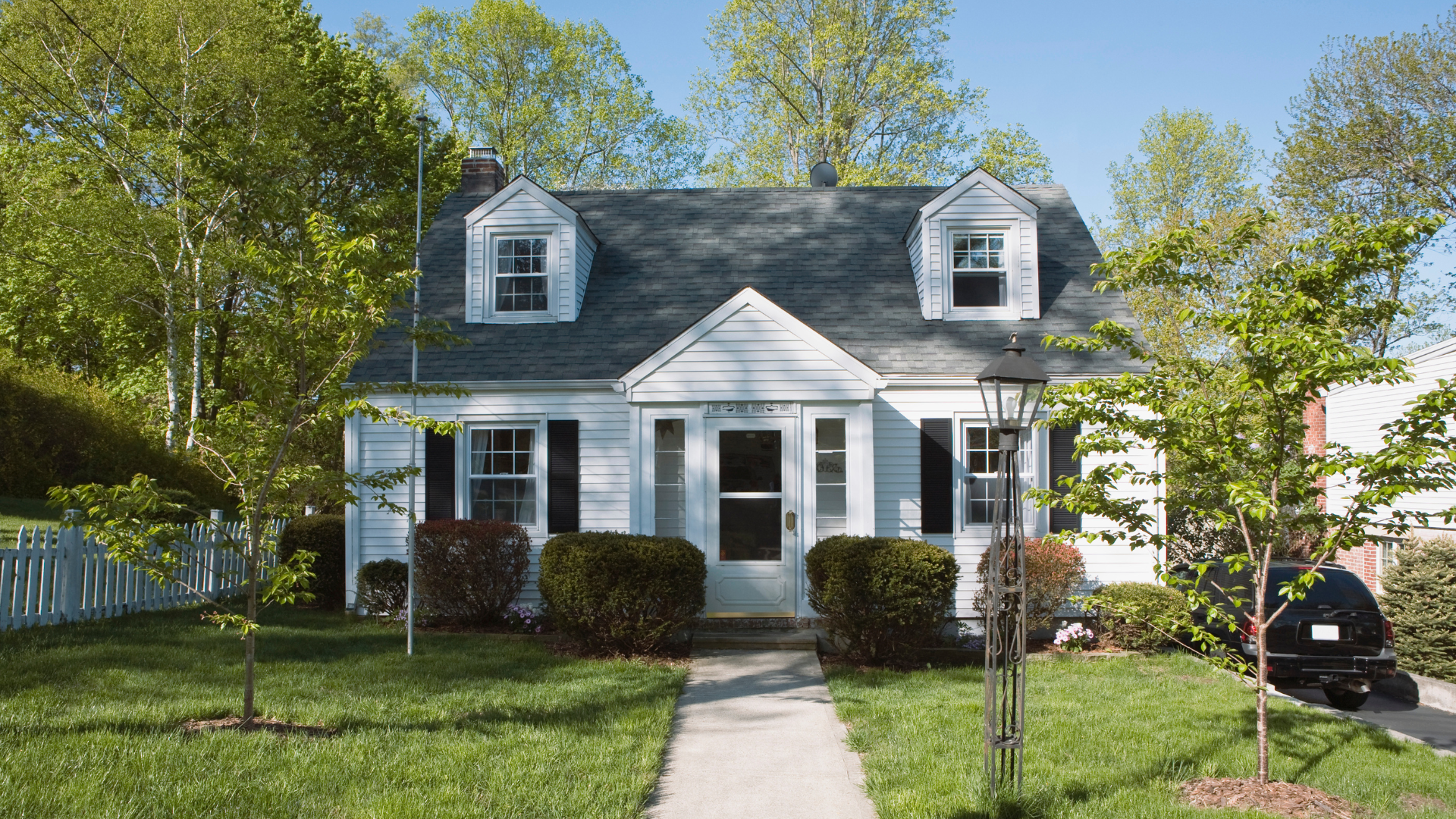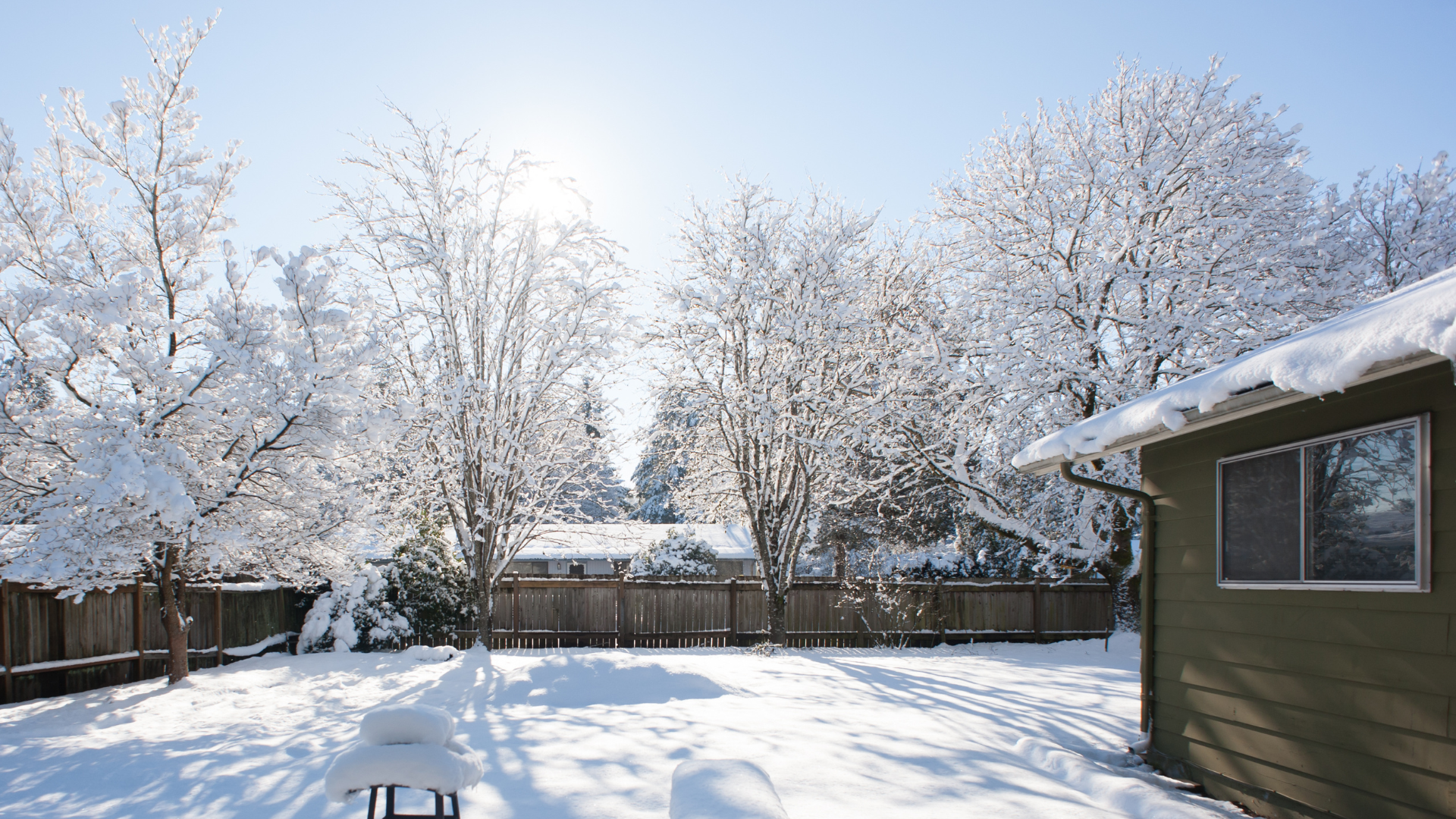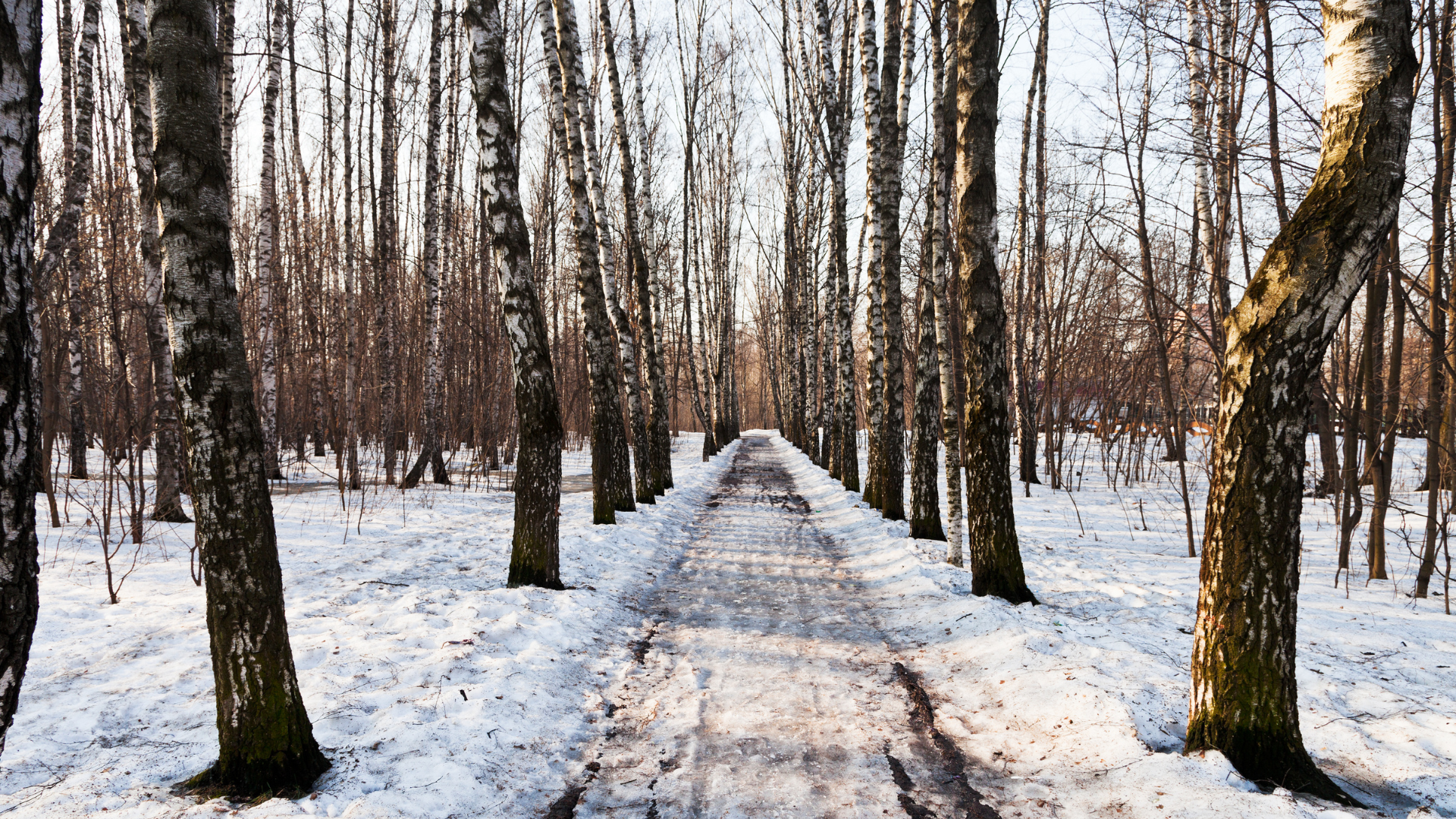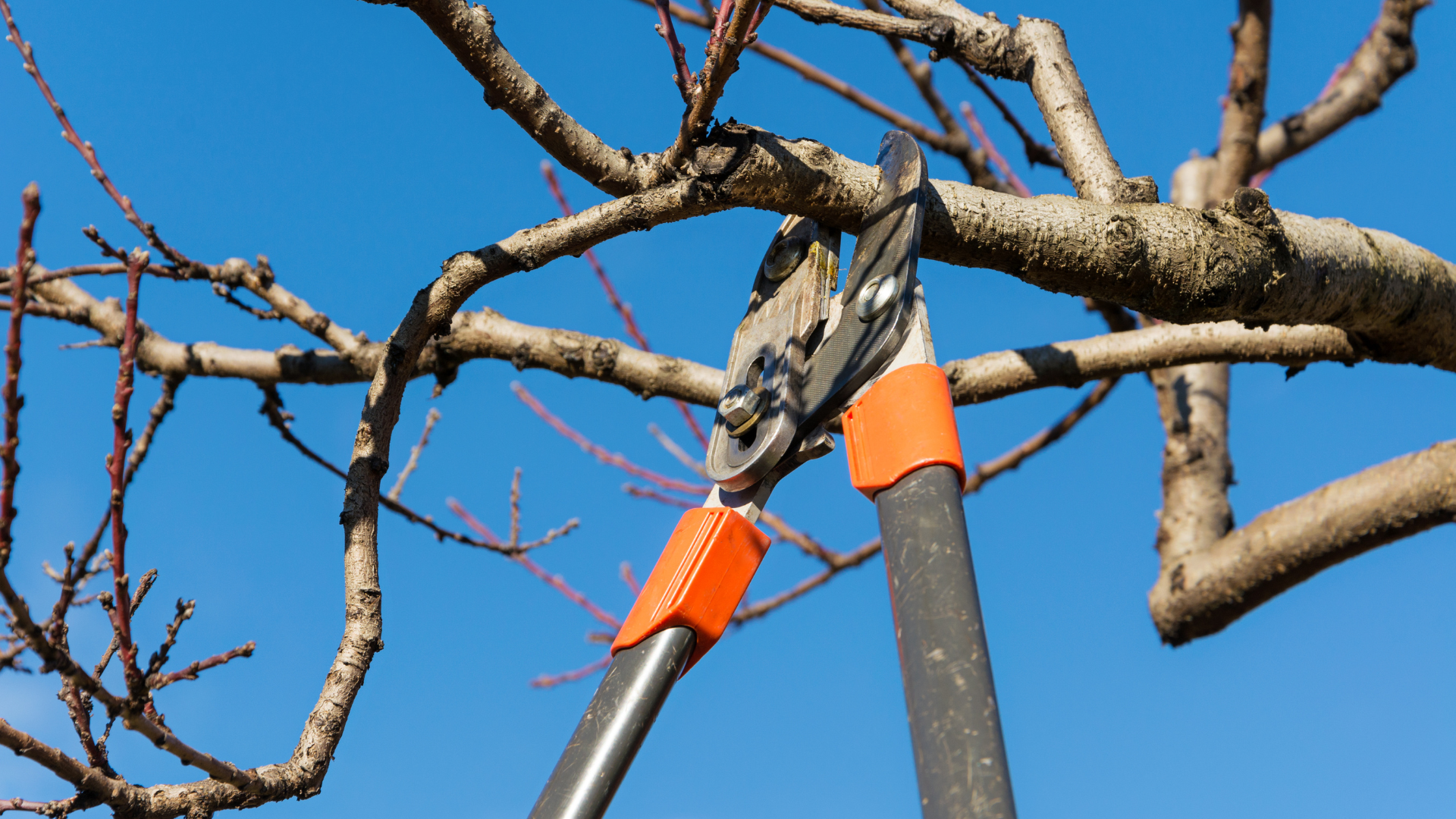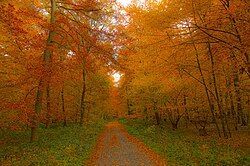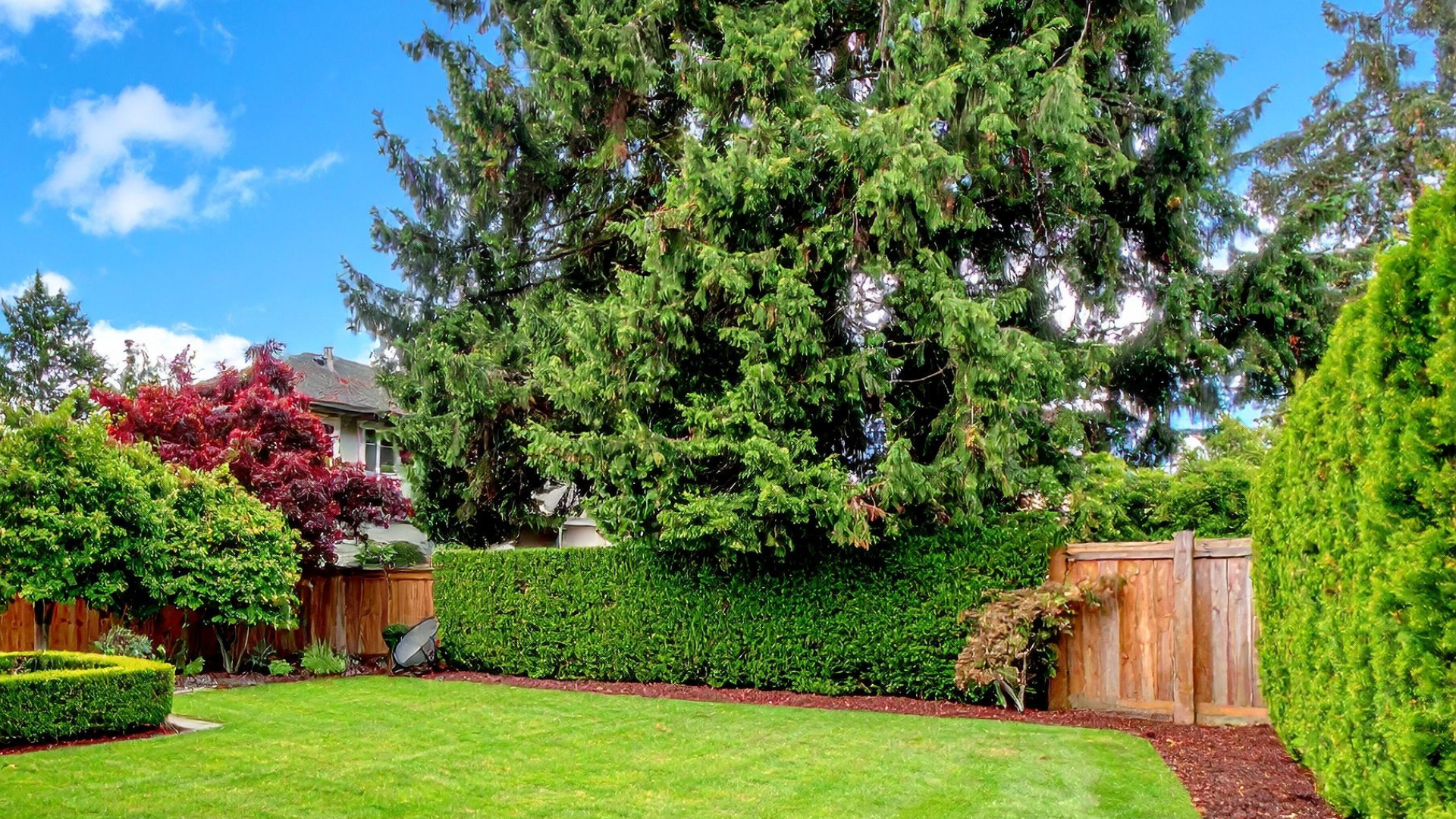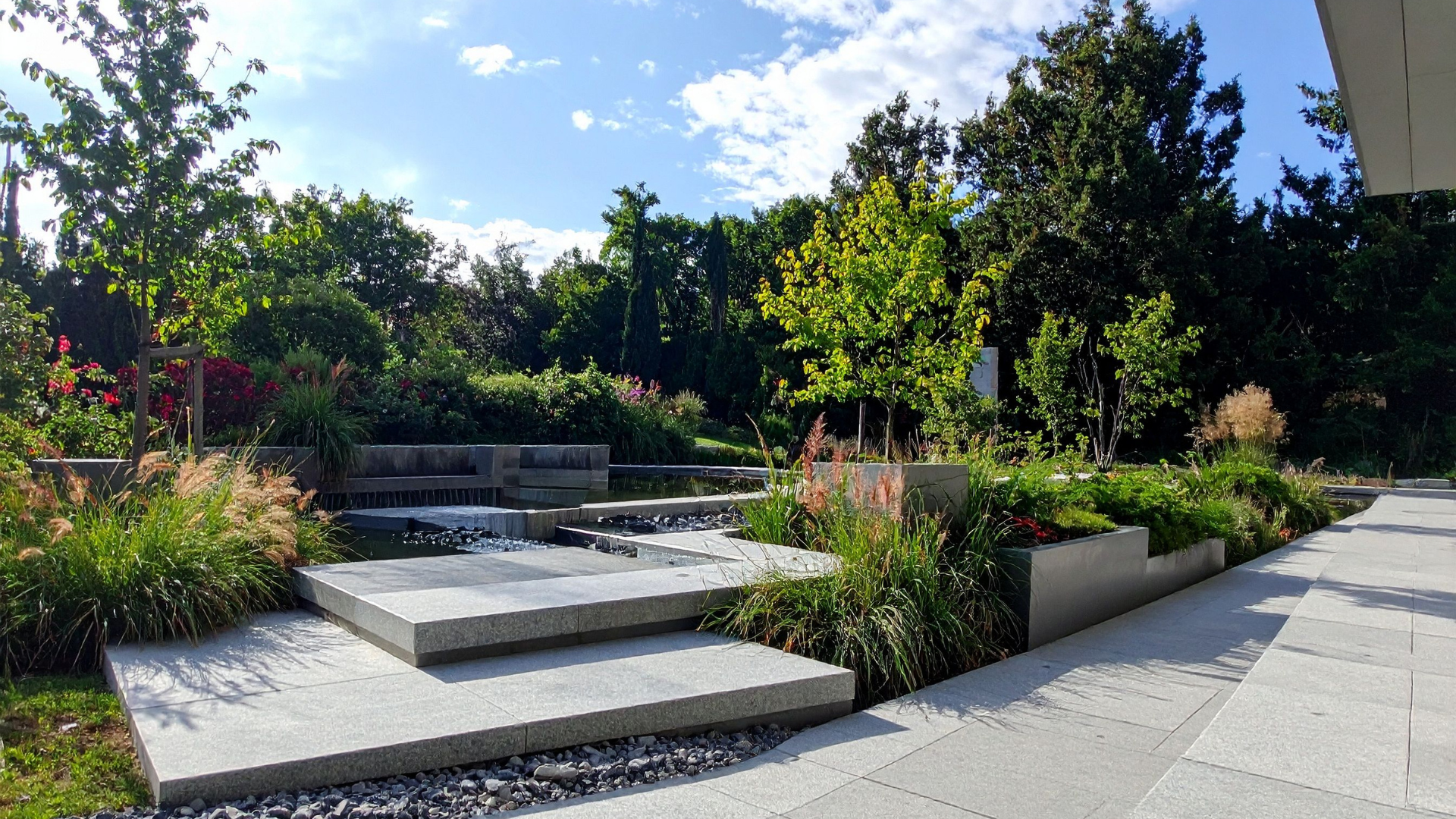Deadwood pruning for different types of trees in Saint Louis
Deadwood pruning is an essential aspect of tree care that helps maintain the health and safety of trees in Saint Louis. Over time, trees naturally shed branches that are dead or dying, but some may remain attached and pose risks, especially during storms or high winds. Pruning these deadwood branches is crucial to reduce the chances of falling debris causing damage to property or people. In this guide and with the help of Midwest Tree Surgeons , we’ll explore how deadwood pruning differs for various tree species and the best practices for keeping your trees safe and healthy.

Additionally, it promotes healthy growth by allowing the tree to focus its energy on living branches. However, different types of trees may require unique approaches to deadwood pruning services due to their growth habits, size, and overall structure. For instance, deciduous trees like oak and maple might need more frequent pruning compared to evergreen species. Understanding these differences helps ensure that deadwood pruning is done effectively and in a way that supports the tree’s long-term vitality. Tailoring the approach to each tree type is key to maximizing its health and longevity.
The Importance of Deadwood Pruning for Tree Health
Deadwood pruning plays a vital role in maintaining tree health and ensuring long-term vitality. By removing dead, damaged, or diseased branches, arborists reduce the risk of infection and pest infestation. Deadwood can act as a breeding ground for harmful organisms, so pruning helps eliminate this risk. Additionally, removing these branches allows the tree to redirect energy to healthier areas, promoting better growth. It also improves the overall appearance of the tree, as deadwood can create an unsightly look. Regular deadwood pruning can also prevent larger, more costly problems, such as broken limbs or fallen branches, which can cause damage to property or pose safety hazards.
Common Signs of Deadwood in Trees
Deadwood is easy to identify once you know what to look for. The most obvious sign is branches that are dry, brittle, and lack leaves or buds during the growing season. If a branch seems disconnected from the rest of the tree, it’s likely dead. Another common indicator is the presence of cracks, splits, or the peeling of bark along a branch. Trees with deadwood may also show signs of fungal growth or mold, which often thrive on decaying wood. Additionally, if branches are discolored, often turning gray, brown, or black, this can signify that they are no longer living. Failing to prune deadwood can lead to greater risks, including potential tree disease, pest infestations, and weakened tree structure. Recognizing these signs early allows for timely intervention and effective pruning, helping maintain the overall health of the tree.
Understanding the Deadwood Pruning Process
Deadwood pruning involves a series of careful steps designed to maintain the tree’s structure and health. First, arborists identify and evaluate the deadwood, ensuring that only unhealthy or damaged branches are removed. Using specialized tools like pruning shears or saws, the deadwood is carefully cut back to prevent unnecessary harm to the tree. It’s important to make clean cuts to promote proper healing and reduce the risk of disease. In the case of vulnerable trees , extra attention is given to the tree’s overall stability and structural integrity. Deadwood may be removed from the base or within the crown, depending on the location of the branches. By following best practices and techniques, deadwood pruning enhances the tree’s overall vitality, ensuring it remains strong and thriving for years to come.
How Deadwood Pruning Improves Tree Stability
Deadwood pruning significantly contributes to the overall stability of a tree by removing weak or decaying branches that might otherwise pose a risk. Left unchecked, deadwood can create an imbalance in the tree’s structure, leading to potential breakage during storms or heavy winds. Removing these branches helps the tree maintain a better distribution of weight, making it more resilient to environmental stress. Additionally, it prevents the dead branches from falling, which can cause harm to people or property. By enhancing the structural integrity of the tree, deadwood pruning ensures that the tree can stand tall without compromising its safety. This is especially important for trees near structures or in high-traffic areas.
Best Practices for Deadwood Pruning in Saint Louis
When pruning trees in Saint Louis, it’s essential to follow local best practices to ensure the tree’s health and safety. For one, the pruning should be done during the tree’s dormant season, usually in late fall or early spring, to minimize stress and prevent the spread of diseases. Arborists should always use sharp, clean tools to make precise cuts and avoid damaging the tree. It’s important to remove only the dead or damaged wood, as over-pruning can harm the tree. Additionally, care must be taken to not cut too close to the trunk or main stem, as this can expose the tree to infections. Local guidelines may also include tree-specific recommendations depending on the species present.
The Role of Deadwood Pruning in Disease Prevention
Deadwood can attract pests and fungi, which are harmful to the tree’s overall health. By removing dead or diseased branches, deadwood pruning helps reduce the risk of diseases spreading to healthy parts of the tree. Some fungi, for example, can infect a tree through open wounds caused by broken or decaying branches. By eliminating the deadwood, the tree is less susceptible to these infections. Additionally, pests that infest deadwood, such as termites or carpenter ants, can cause further damage, weakening the tree. Deadwood pruning is a proactive step in ensuring the long-term health of a tree by preventing the entry of harmful organisms, allowing it to grow stronger and more resilient.
Deadwood Pruning for Deciduous vs. Evergreen Trees
Deadwood pruning techniques can differ between deciduous and evergreen trees due to their unique growth patterns. For deciduous trees, pruning is often done in late fall or winter when the tree is dormant. Removing deadwood from these trees can help prevent the spread of diseases such as powdery mildew or rust, which can be more prevalent in damp conditions. On the other hand, evergreen trees have different needs, as they maintain their foliage year-round. Deadwood pruning in evergreens should be done carefully, as removing too much can leave the tree exposed to sunburn or other environmental stress. The timing and approach may vary, but in both cases, removing deadwood is essential for tree health.
Tools and Techniques Used in Deadwood Pruning
Deadwood pruning requires the right tools to ensure the job is done effectively and safely. Pruning shears or bypass pruners are ideal for smaller branches, providing precise cuts without crushing the wood. For larger limbs, a pruning saw or chainsaw may be necessary, allowing for cleaner cuts on thicker branches. Arborists often use pole pruners or ladders to access higher branches without causing harm to the tree or themselves. The cutting technique is crucial as well; making clean cuts that are angled appropriately helps prevent disease and encourages healing. Careful attention must be paid to avoid tearing the bark or cutting too deeply into the branch collar, as this can lead to long-term damage to the tree.
How Deadwood Pruning Affects Tree Growth
Deadwood pruning can positively affect tree growth by redirecting the tree’s energy to healthy branches. When dead branches are removed, the tree no longer expends resources maintaining them, allowing for better energy distribution. This process can encourage the growth of new shoots and more robust foliage. Additionally, removing deadwood ensures the tree has more access to sunlight and air circulation, promoting overall health. However, it’s important not to over-prune, as removing too many branches can stress the tree and reduce its ability to grow. When done correctly, deadwood pruning allows the tree to thrive by eliminating unnecessary growth and ensuring that the tree’s resources are used efficiently to support its most vital parts.
The Environmental Benefits of Deadwood Pruning
Deadwood pruning provides several environmental benefits that go beyond the health of individual trees. For one, it reduces the risk of fallen branches, which can obstruct pathways or cause property damage. Deadwood removal also minimizes the potential for pest infestation, reducing the need for chemical pesticides and creating a healthier local ecosystem. Moreover, by enhancing tree stability and promoting healthy growth, deadwood pruning helps maintain the overall balance of urban and suburban green spaces. This not only supports biodiversity by fostering strong, thriving trees but also improves air quality and contributes to carbon sequestration efforts. Proper tree care through deadwood pruning creates a cleaner, greener environment for everyone.
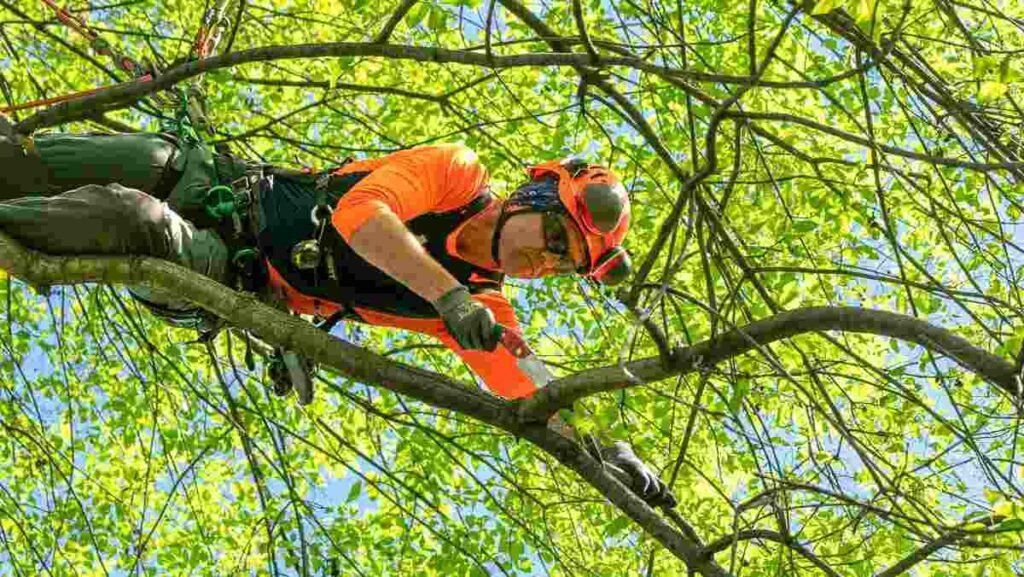
When to Seek Professional Deadwood Pruning Services
While basic deadwood pruning can be performed by homeowners, seeking professional services is recommended for large or complex trees. Arborists have the knowledge and experience to assess the tree’s health and make precise cuts that won’t harm the tree. They are also equipped with the proper tools and safety equipment to safely prune high branches or trees in difficult locations. If a tree is in poor health or the deadwood is widespread, it’s best to call in a professional to ensure the job is done correctly and efficiently. Professional pruning ensures that the tree’s health is preserved, minimizing the risk of long-term damage or health decline from improper pruning techniques.
Conclusion
Deadwood pruning plays a vital role in maintaining the health and safety of trees, especially in Saint Louis, where environmental factors can stress trees. By removing dead or damaged branches, this technique not only prevents the spread of diseases and pests but also encourages healthy growth by allowing the tree to focus its energy on living areas. Proper deadwood pruning improves tree stability, reduces the risk of falling branches, and enhances the tree’s overall appearance. Whether performed on deciduous or evergreen trees, the process requires knowledge and the right tools to avoid damaging the tree. For large or complex pruning tasks, it is always best to consult with professional arborists to ensure the job is done safely and effectively, promoting long-term tree health.
FAQs
What is deadwood pruning?
Deadwood pruning involves removing dead, damaged, or diseased branches from a tree to improve its health and safety. This helps reduce the risk of falling branches and prevents the spread of diseases.
When should deadwood pruning be done?
Deadwood pruning is typically performed during the dormant season, such as late fall or winter, when trees are not actively growing. This reduces stress on the tree and minimizes the risk of introducing diseases.
Can deadwood pruning damage a tree?
When done correctly, deadwood pruning does not harm a tree. It helps the tree by removing unnecessary weight and directing energy toward healthier growth. However, improper pruning can cause damage.
Which trees benefit the most from deadwood pruning?
Most tree species benefit from deadwood pruning, but deciduous trees like oaks, maples, and elms typically require more attention. Evergreens also need pruning to maintain their shape and health.
How often should deadwood pruning be performed?
Deadwood pruning should be done regularly, typically every 1-3 years, depending on the tree’s health and environmental factors. It’s essential to monitor the tree for new deadwood and prune as necessary.
The post Deadwood pruning for different types of trees in Saint Louis appeared first on Midwest Tree Surgeons LLC.
